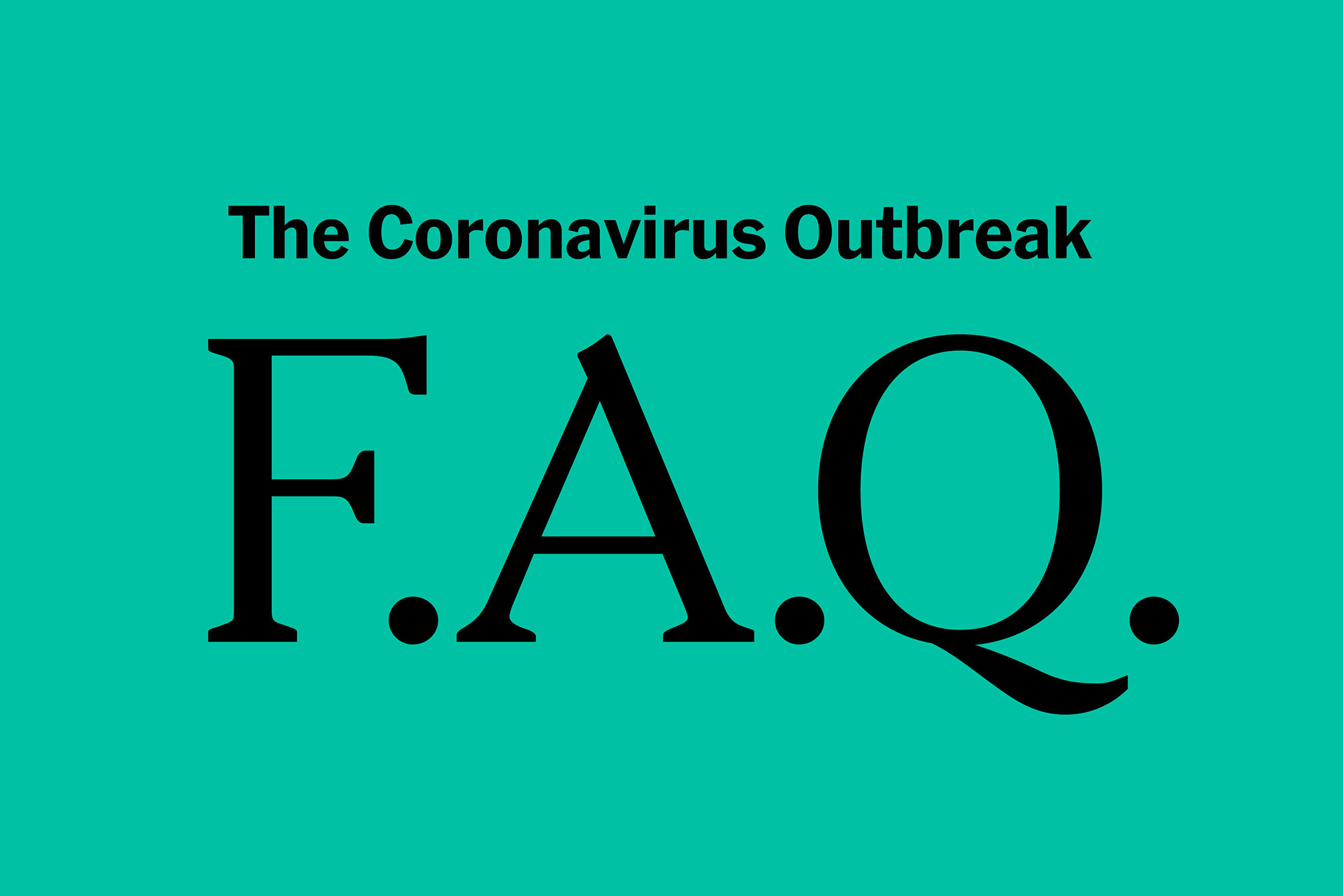Interestingly, school educational resources have grown much stronger during the quarantine than university ones
Due to the quarantine, a huge demand for educational online services, both technological and content, has been forced. Applications for online communication have become magic wands that have rescued all participants in the educational process: educational traffic in social networks and instant messengers has grown, the use of distance learning systems (LMS) has increased dramatically – in those educational institutions that introduced them before the epidemic.

For example, the traffic in the Academy’s distance learning system has grown 12 times. The teachers were taught and supported methodically, but in what limits to use the LMS, by and large they themselves decided. And yet we saw an order of magnitude growth.
And suddenly a surprise (actually not): the demand for MOOCs, seemingly specially sharpened for quarantine, is de facto much inferior to the rest.
And this despite the fact that the ministry and experts advertised online courses, and MOOC platforms opened special programs for universities, many have canceled fees and waived restrictions on the launching of courses.
There are thousands of Russian online courses. On the National Open Education Platform alone, there are about 600 of them, initially sharpened for official higher education and having documentation ready for implementation.
Leading school students – 6-10 times (on average more than 7) compared to February, the main universities – three times less (on average 2-3 times).
The national online learning platform has doubled its traffic. The official aggregator of online courses – the resource “one window” (online.edu.ru), which is in trial operation, on which, according to the plan, students and universities select courses for themselves, has grown by only a third (!). HSE and Moscow State University platforms have grown three and two times, respectively.
In absolute terms, the difference in traffic is even more noticeable: school online resources collect tens or even hundreds of millions of visits, university – a few million (the maximum number is 2.5 million) of visitors. Of course, there are more schoolchildren (as well as their parents who form part of the traffic) than students, but not 50 times.
We cannot explain the relative unpopularity of MOOCs by the fact that there are not enough courses created and that they do not cover all the needs of higher education. School content also does not cover the entire program, and most of the available university MOOCs are specifically related to mass disciplines.
We can say that the quality of courses is not always equal – but there are many excellent courses created by top authors. The eternal references to the archaic education system, incapable of mastering new things, are not convincing – the higher education for the most part mastered and uses webinars and many times more complex in mastering LMS.
After a countrywide field experiment, we must return to the thesis “massive open online courses by themselves are not of great educational value.”
The reality does not correspond to the marketing myth that they can supposedly replace traditional full-time teaching as simply as a spare part replaces a failed part. More precisely, they can, but only if the course in the schedule is ticked off.
And if they really wanted to teach and learn something on it, it just doesn’t work out that way. Let’s not be fooled
I do not encroach on the holy four letters MOOCs, do not think. Only one letter – the first. Moreover, potentially OOK, of course, may also be a MOOC, but in real life, as we can see, a typical Russian online course remains a toy, albeit useful in marketing and in local educational applications. Even with the help of online courses, you can perfectly – that is, cheaply and with formal compliance with the normative – simulate the educational process. But without a well-thought-out and time-consuming implementation of a specific educational program into a specific educational process, it is difficult to count on mass scale.

What needs to be done so that the first letter in the MOOC abbreviation returns to its rightful place?
First, before starting the development of an online course that claims to be widely used, you need to understand for which educational programs, for what level of training of students, for what depth of development it is intended. Then you can accept that this MOOC will most likely not find application in other programs. It can be placed in the public domain, but it is better to understand that it will not receive traffic, besides artificial, and its role will be primarily marketing.
Secondly, for the successful implementation of MOOCs, even on the programs for which it was oriented, a detailed scenario of mastering the course is needed – a thematic breakdown, mutual linking of lecture, seminar and test material (by paper, of course, all courses are exactly the same ). We need high-quality documentation of all input and output requirements for each content unit of the course, detailed educational and methodological packages for teachers and students.
In order for the course to be alienated from the authors and could be embedded in someone else’s educational process, it must go through ontological formalization before development, as is the case with all information technologies – this is a disgusting work and is far from always feasible.
That is, not every discipline that is transferred to distance should generally be converted into an online course
Further, after the development of the course and its production, it is necessary to retrain the teachers in the field, if the online course provides for the preservation of at least a minimal teaching component – for now, for most of the disciplines, this is the main realistic implementation scenario (if, again, we plan to teach, not pretend).
All this requires a higher budget than usual, and also increases the development time and complexity, which, in turn, narrows the circle of potential course authors. Star authors, unfortunately, usually do not agree to formalize and structure content, adapt content for “targeted” educational programs. They are easy to understand: write down the usual lectures in the studio plus a few primitive memorization tests (and get a substitute for your own classroom lectures) or write an interactive self-contained textbook that is applicable outside your own university – the tasks are different.
The bottom line: Online courses are a great and working tool, but not universal. Could he be? Maybe, but then it should be different – and probably very far from the several hundred online courses available, alas, mostly on the shelves.
Link to source
